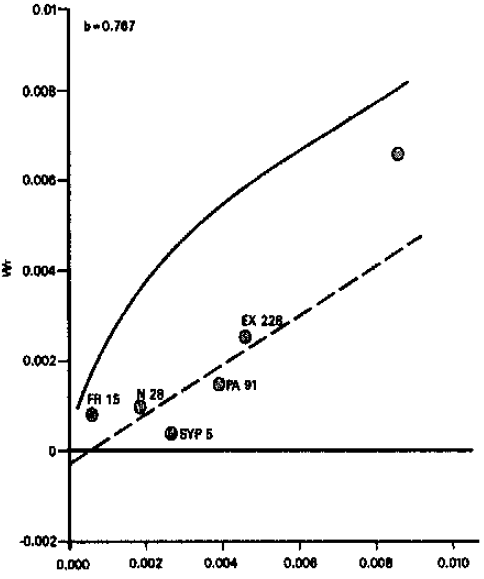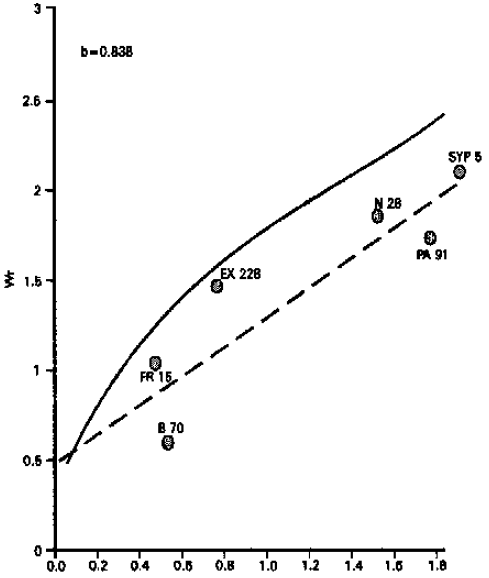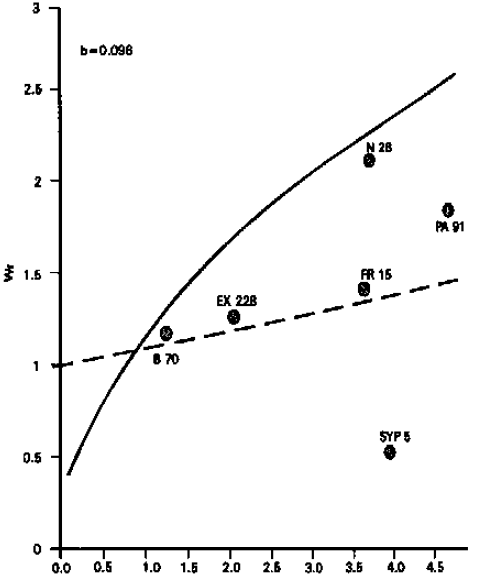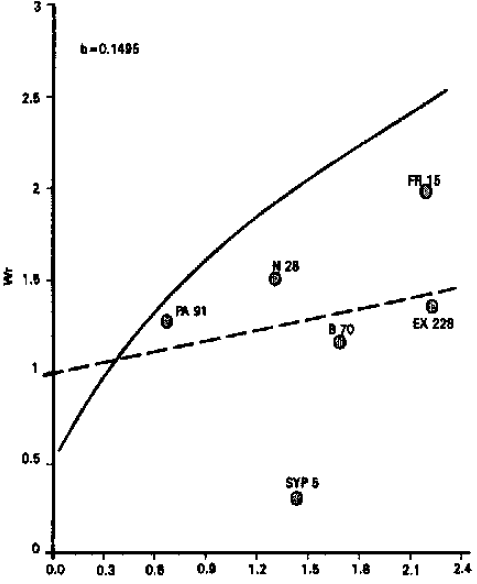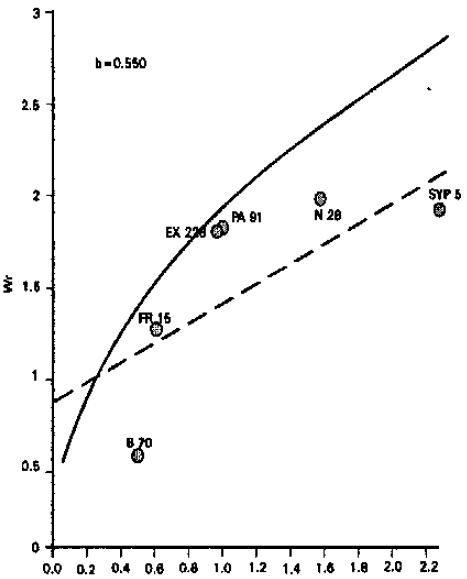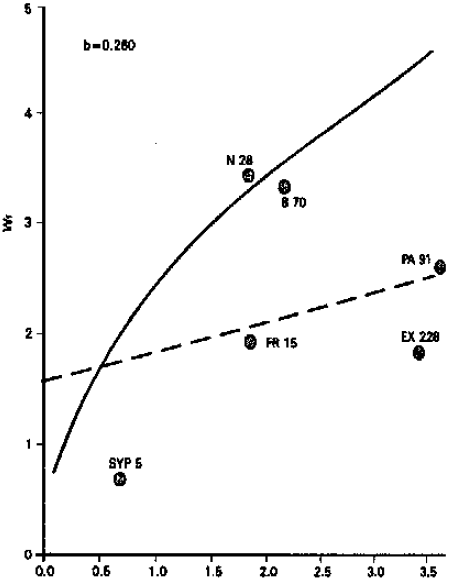Research Article
Estimates of Gene Effects for Some Important Quantitative Plant Traits in Maize Diallel Crosses
Department of Plant Breeding and Genetics, University of Agriculture, Faisalabad, Pakistan
Muhammad Saleem
Department of Plant Breeding and Genetics, University of Agriculture, Faisalabad, Pakistan









